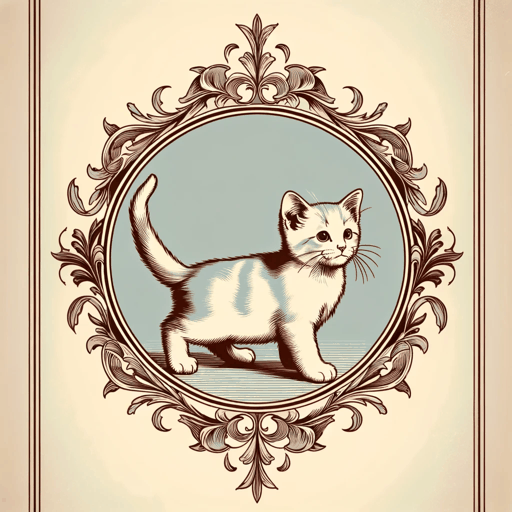27 pages • 54 minutes read
Julia AlvarezThe Daughter of Invention
Fiction | Short Story | Adult | Published in 1993A modern alternative to SparkNotes and CliffsNotes, SuperSummary offers high-quality Study Guides with detailed chapter summaries and analysis of major themes, characters, and more.
Themes
Language, Communication, and Writing
When the Garcías arrive in America, they must decide how to relate to Spanish, their native language. Language—speaking it, writing it—is a primary way to articulate identity to others. Navigating bilingualism—in this case, speaking both Spanish and English—looks different for Carlos, Laura, and Yoyo in “Daughter of Invention.” The way each character makes decisions about their use of English or Spanish reveals the particular challenges they each face in inventing their identities in America.
Laura commits to speaking English, though “her English was a mishmash of mixed-up idioms and sayings that showed she was ‘green behind the ears,’ as she called it” (245). Her communication is a blend of English and Spanish, and when speaking in English, her communication is limited to sayings and idioms, as opposed to language she crafts herself. Additionally, her daughters often correct her mix-ups. Laura’s bilingualism reflects a sense of her being “in-between” Spanish and English and not quite clear in either. She remains connected to the traditions and values of their Dominican life while also eagerly exploring the possibilities of their life in America. Yoyo, on the other hand, finds authenticity and power in her use of English. When writing her poetry, she writes in English, indicating that even in the private parts of her identity, she uses the language of this new life.
Related Titles
By Julia Alvarez

Before We Were Free
Julia Alvarez

How the Garcia Girls Lost Their Accents
Julia Alvarez

In the Name of Salome
Julia Alvarez

In the Time of the Butterflies
Julia Alvarez

Once Upon a Quinceanera
Julia Alvarez

Return to Sender
Julia Alvarez

Something to Declare: Essays
Julia Alvarez

